15 Easy Steps For a Perfect Light Blue Dorm Room
Welcome to the ultimate guide on designing a light blue dorm room! Whether you're moving into a dorm for the...
We buy so you won’t have to! We earn commissions from recommended products, which fund testing new items by our team of experts. Thank you for your support!
You spend most of your life in your bedroom—sleeping, studying, scrolling TikTok. So, it’s better to design it in a way that helps improve your mental health. Becoming a plant parent is one of the easiest (and cheapest) ways.
They make bedrooms look classier and better and can also help improve your sleep, mood, and overall health.
And by health, “I’m referring to both the physical and mental aspects.”. Many studies have proven that Houseplants improve air quality by releasing oxygen and absorbing harmful chemicals.
A plant in your bedroom will add a touch of nature, which helps your brain release feel-good hormones that take away chest pain and bad feelings.
So, in today’s picks, you will find your best roommate plant. The good thing is they are all hard-to-kill plants, so don’t worry about taking care of them.
When you want to buy or add a new plant to your collection, there are some basic things you should consider. First, you need to decide if the plant is hardy or sensitive, and whether it needs a lot of light, water, or humidity. But don’t worry, we have got you covered.
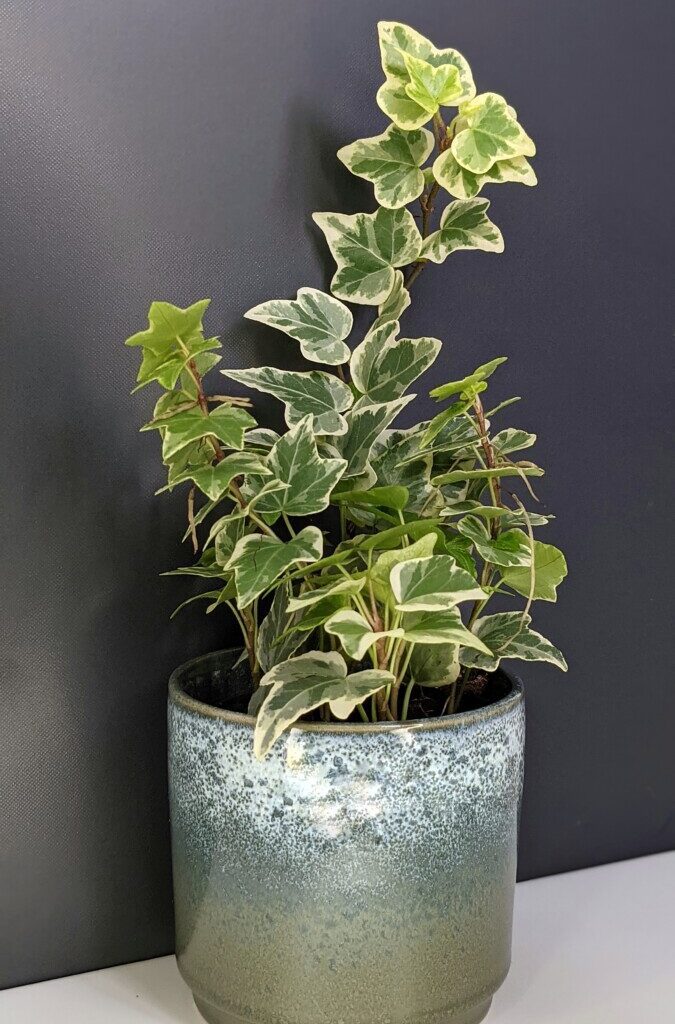
Choosing English ivy will open up many design ideas for you, as it’s suitable for pots, hanging baskets, and even mounted wall pots. This plant is known for its air-purifying abilities, as it absorbs pollutants such as ammonia and formaldehyde and releases oxygen to improve your breathing. In warm seasons, please place it in medium to low light; when things get colder in fall and winter, put it in bright sunlight. English ivy loves humidity, so keep a mist spray in the room.

Dracaena is one of the easiest houseplants to care for, making it suitable for busy people, especially those who don’t have much time to keep an eye on plants. I like this one because it has long, slender-shaped leaves that curve elegantly from the central stem. The best part is that this plant comes in many colors, such as pink, red, yellow, and cream. Dracaenas thrive in bright, indirect light but grow well in low-light rooms.
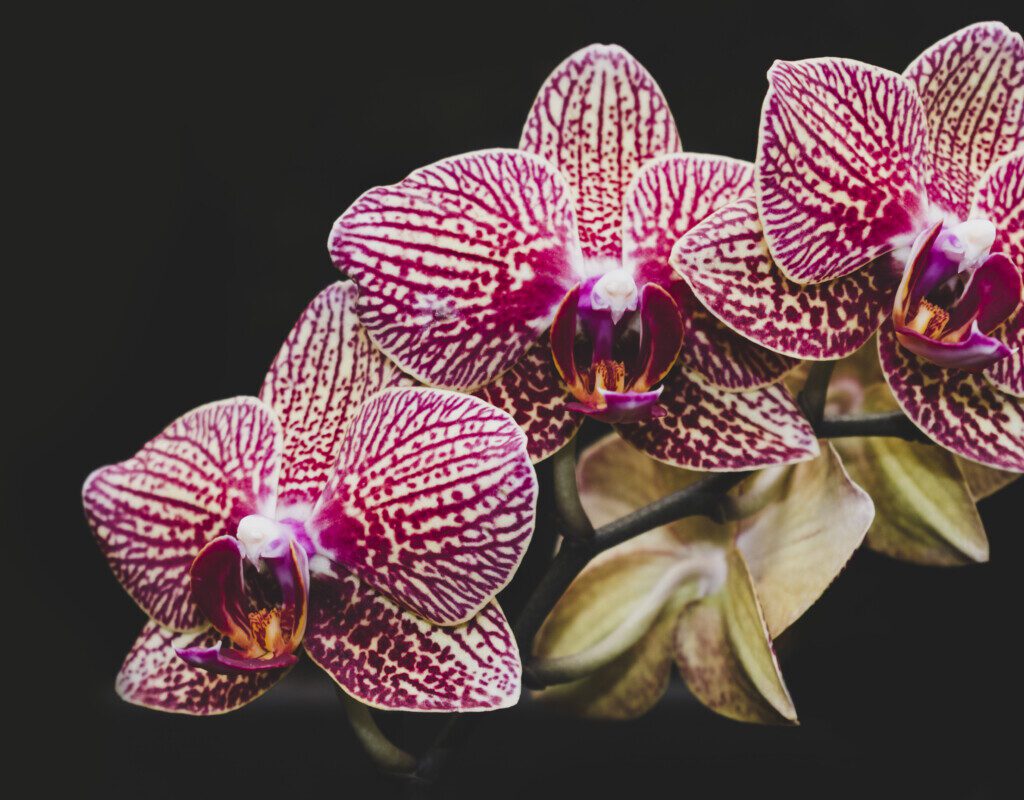
picture by : UNSPLASH
Moth orchids are one of my favorites, and I’m keeping two in my room. Plants with pink colors give me a sense of Japanese culture, maybe because of the cherry blossom trees and the cute pink kimonos they wear. Moth orchids are the easiest to grow in the orchid plant family. They come from tropical regions, so keeping a mist spray or humidifier nearby is a good idea. They bloom once a year but can last for weeks, sometimes months. After the blossoms fall off, consider Drying them off, as they look so beautiful.
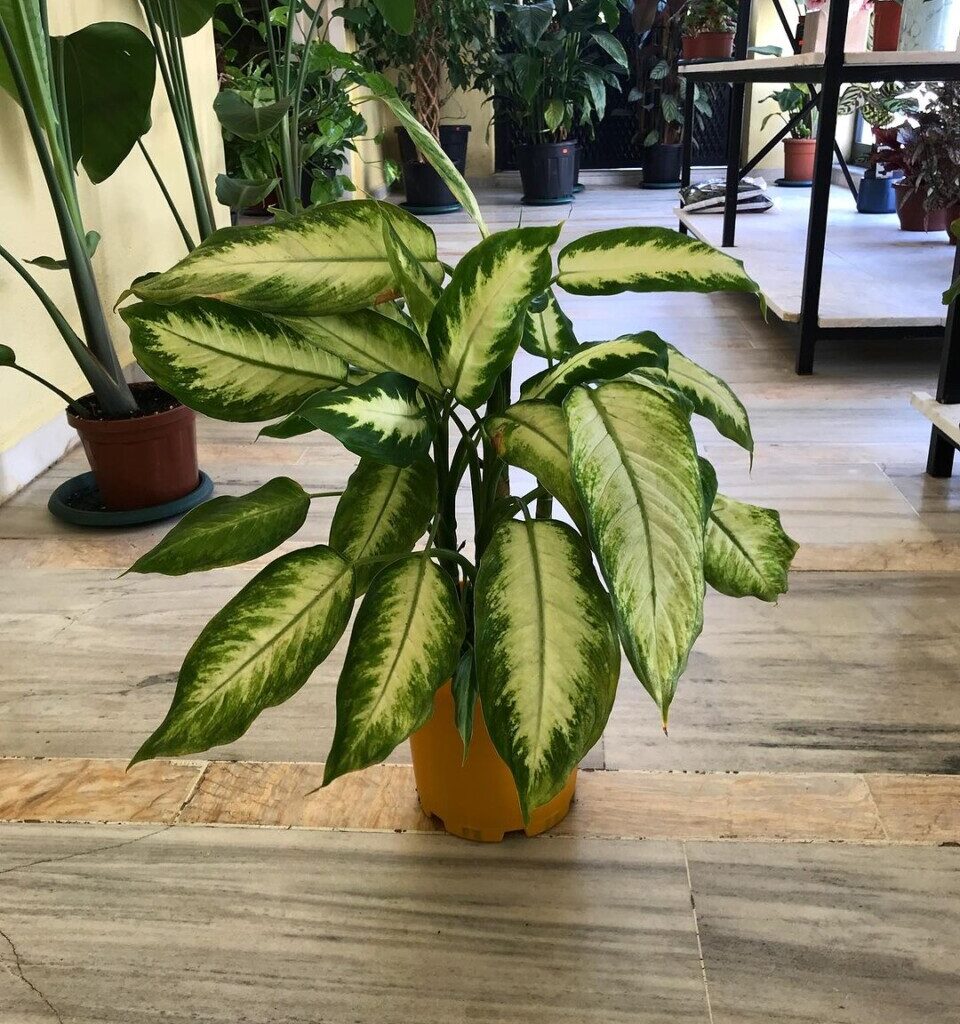
PICTURE BY sifafidanvecicekcilik
I have something about these houseplants with big leaves that I can’t explain—I love them unconditionally. Dieffenbachia is no exception; it has green leaves with creamy white splashes in the middle. I don’t put this one in my room because I have the most curious cat alive that loves chewing on things it shouldn’t. This plant is one of the toxic-to-pet plants. So, I’m keeping it in my home office; however, if you don’t have a pet, this will be your best choice as it nearly needs no care.

PICTURE BY : iifolia
Say hi to my second-best pink-blooming houseplant, Anthurium! It’s considered the longest-blooming indoor plant as the single bloom can last for two months and, in some cases, even more. Plus, it is regularly blooming, which means you will enjoy that beautiful view in your bedroom many times in one year. Anthurium prefers bright light and high humidity levels, so consider having a mist spray or humidifier in your room. The more light this plant gets, the more watering it should receive. To make it simple, put your finger in the soil 2 inches deep. If it’s dry, water it.
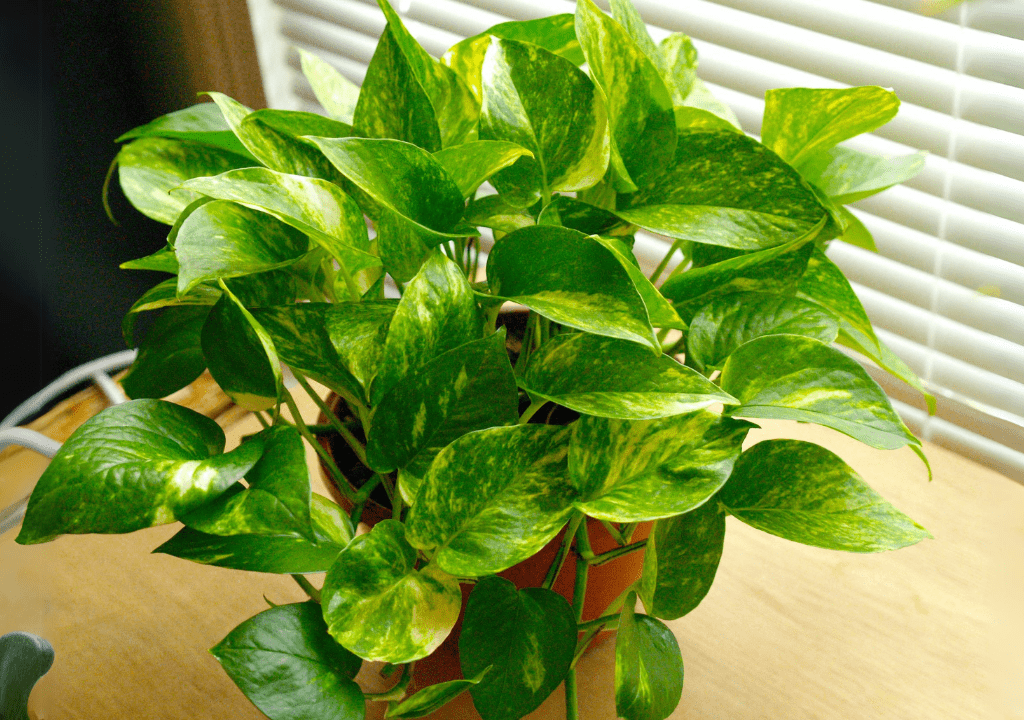
The Pothos plant is a must-have houseplant as it’s easy to maintain, doesn’t need too much water or fertilizer, and is easy to propagate. Plus, it has so many varieties to choose from, with different colors and leaf shapes. When it comes to me, I recommend Marble Queen and Golden Pothos, as they are beautiful, elegant, and hard to kill.
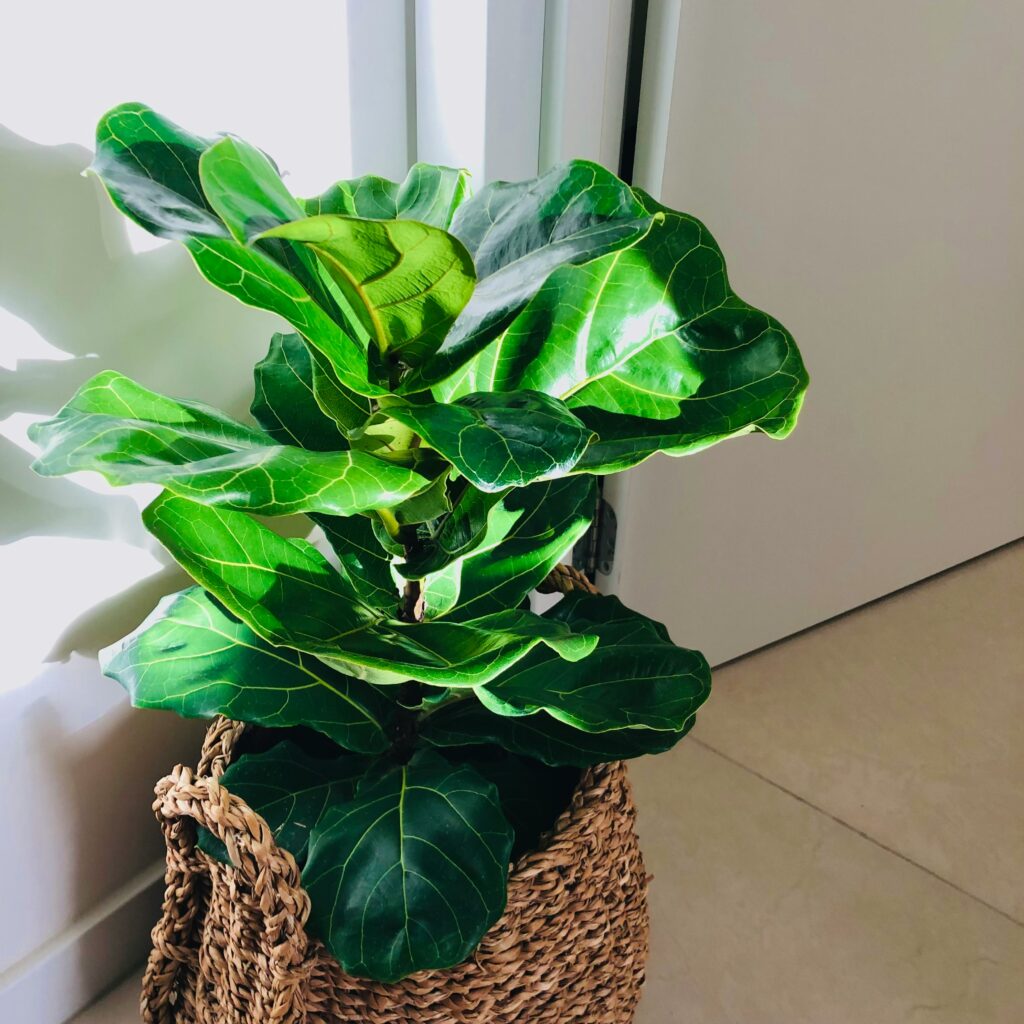
The fiddle leaf fig, or the Instagram celebrity houseplant, has become incredibly famous to the extent that a shortage of fiddle leaf trees occurred in 2019 due to the huge demand for it. This indoor plant resembles a small tree with large leaves and comes in many varieties. It’s easy to maintain and propagate, making it a great addition to your plant collection. Place it where it can receive plenty of indirect light to thrive. Allow the soil to dry out between waterings and mist it occasionally.

Bird of Paradise, also known as White Crane Flower or Strelitzia Nicolai, is not your typical bedroom houseplant due to its potential to grow quite tall, reaching 20 to 26 feet. However, this plant is perfect for you if you spend much time in your bedroom office. It adds elegance, relaxation, and nature to your space, making you feel like a South African forest.

PICTURE BY : helloplantlover
Calathea is a plant that would be a great addition to your bedroom decor. Its leaves have distinctive patterns that alternate between green and creamy colors, making it a magical plant. The plant works like a natural alarm clock, with its leaves rising at bedtime and getting lower during the day to maximize light reach. This feature makes it a great reminder of natural day and night rhythms.

If you want to balance your bedroom, the money tree could be the perfect plant for you. It’s easy to grow and has a unique braided trunk that adds a touch of uniqueness.
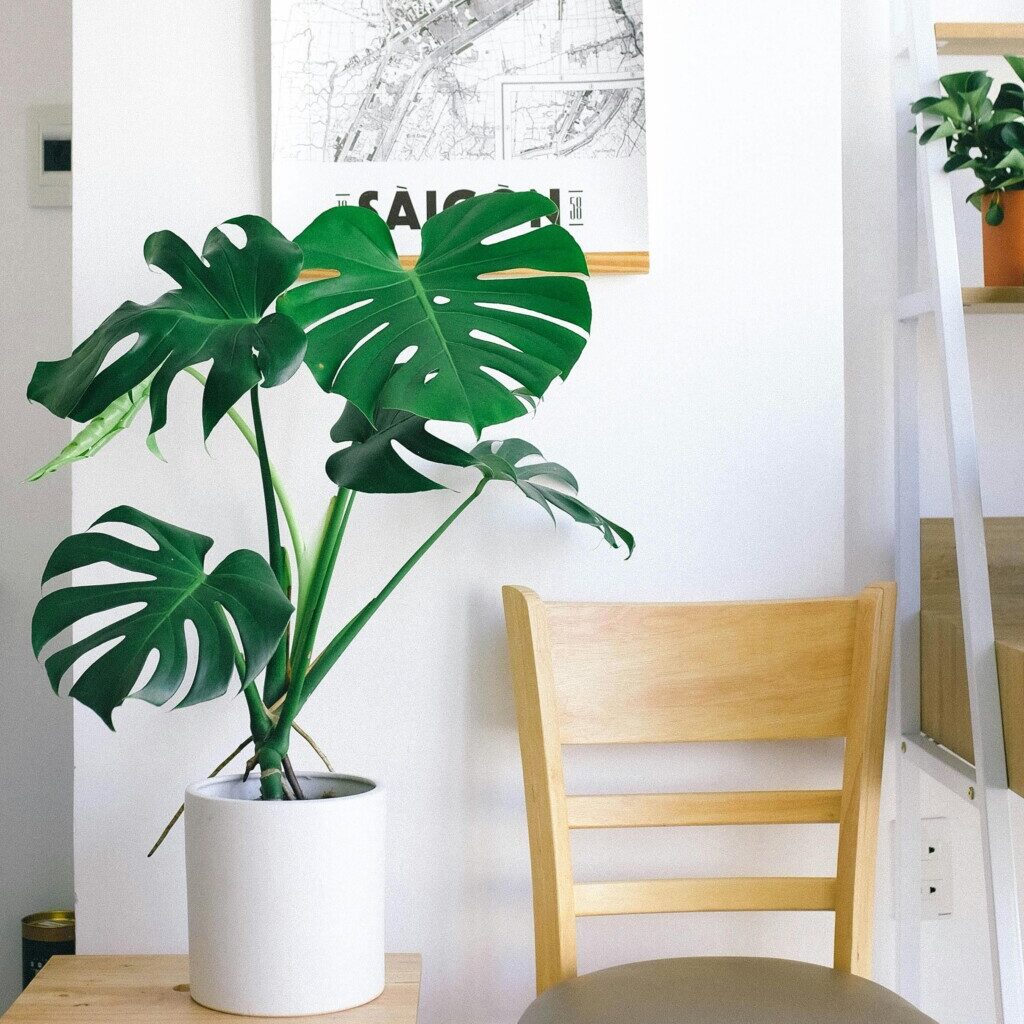
There’s a competition between the fiddle leaf and monstera, which will be the people’s beloved houseplant on Instagram. Both have become popular choices for plant parents to add everywhere, not just in bedrooms. The monstera, the Swiss cheese plant, stands out with its unique sliced leaves.
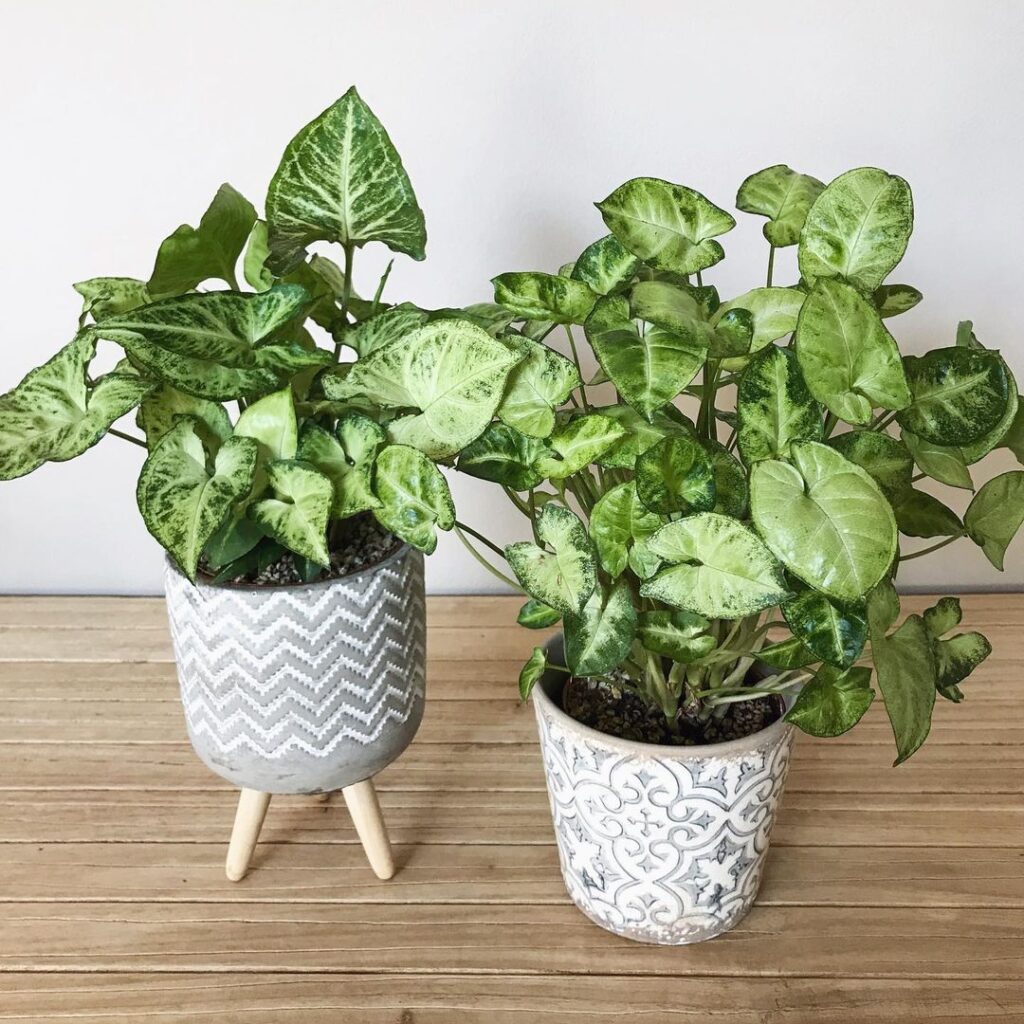
The arrowhead vine is a houseplant named after its arrow-shaped leaves. It has dark green leaves with white markings along the veins, giving it a similar look to pothos plants in variegation. The plant has many variations, some with green hues and others with white. It can be presented in pots or hanging baskets, adding a boho touch to any room.
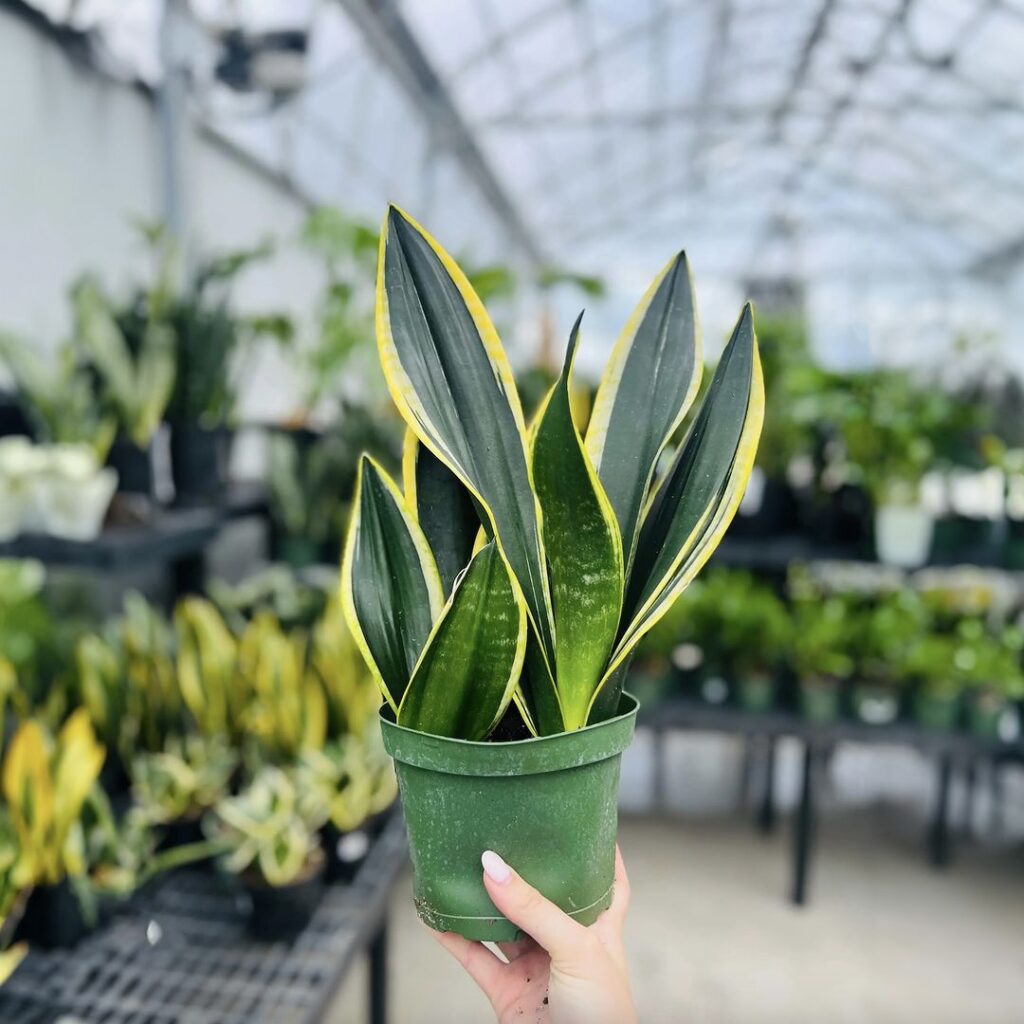
This classic plant has been around for decades and is beloved by all plant parents. Its eye-catching sword-shaped foliage makes it a must-have for your bedroom. It’s one of the hard-to-kill indoor plants, requiring nothing from you except indirect light and a little watering.

If you want to add a touch of relaxation to your room, Peace Lily is the perfect choice, especially for beginners. This plant is easy to grow and care for. It needs a bright spot and watering whenever the soil dries. It can be placed on the floor, bedroom, or office table.

This plant is perfect for those who are forgetful or too busy, as it can store water for long periods. You’ll have plenty of chances before the ZZ plant dies on you, making it another hard-to-kill option. Despite its resilience, it’s still an eye-catching plant with shiny leaves. If you’re a beginner, this one is for you.

kahla akram is a professional home decorator, interior designer, and master gardener writer. he is also a seasoned expert horticulturist, with a wealth of experience and a string of impressive achievements. his work has been featured in a multitude of global magazines, and he operates under his highly respected brand, budge to gadget.
You can have plants in your bedroom! They’re good for the air quality, boost your mood, and help you sleep better.
In general, sleeping near most houseplants is not harmful and can actually be beneficial for air quality and overall well-being.
Welcome to the ultimate guide on designing a light blue dorm room! Whether you're moving into a dorm for the...
Hey there! Living in a dorm can be quite the adventure, right? But one thing we all know is that...
Hey, creative soul! Looking to add some flair and personality to your dorm room? Boho decor is all about expressing...
Hey there! If you're looking to add some pizzazz to your home decor, funky painted furniture is the way to...
I've read a scientific case study that truly amazed me. What we see last before our sleep can affect our...
Subscribe to our newsletter for the latest decoration designs, ideas, and tips. Stay connected with us!